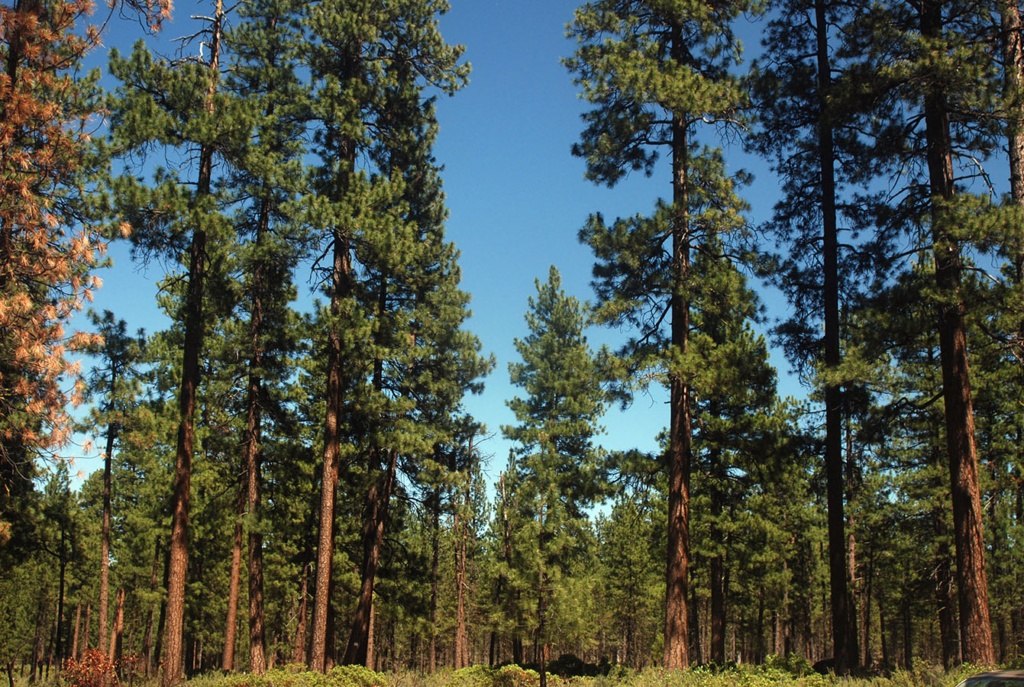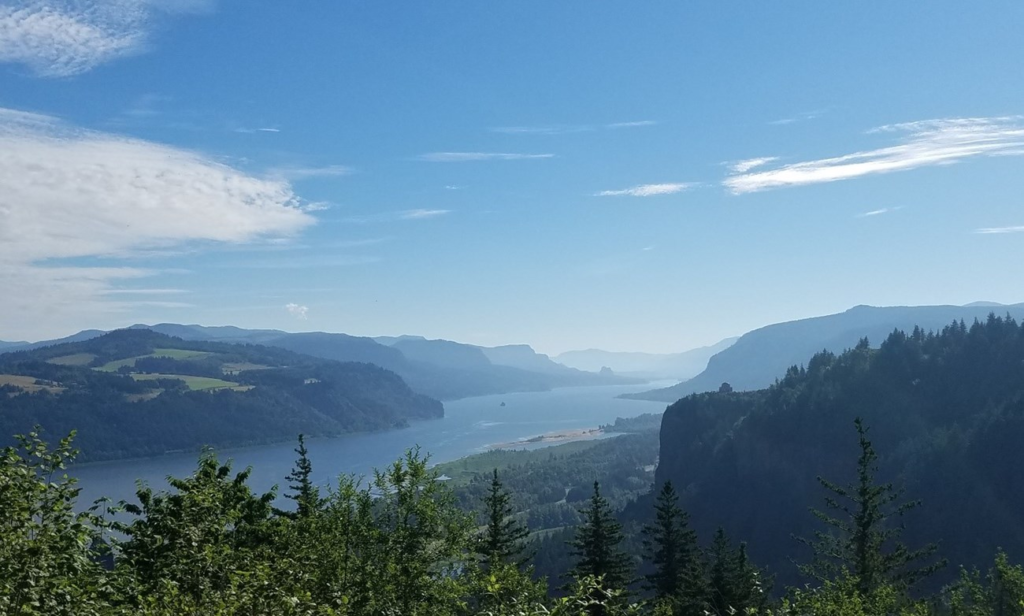Author’s Note: This series is dedicated to the diverse fauna, flora and geologic areas that this author has personally encountered and or visited. I have eliminated the more well known icons of the west, namely the National Parks.
The Prairie Dog
A misnamed rodent of the genus Cynomys that includes squirrels and chipmunks inhabit the grasslands of North America from the Canadian prairies to Northern Mexico.

A keystone species, they build mounds that encourage the growth of the prairie grass and renewal of the topsoil, bringing nutrients and minerals to the surface further enhancing the health of the prairies. As part of the basic food chain, they are the prey of foxes, coyotes and numerous birds of prey. The American Bison (commonly called Buffalo), Pronghorn Antelope and Mule Deer prefer to graze among the mounds for the rich grasses that are the result of the prodigious renewal of the soil by these industrious little rodents.
The Corps of Discovery would spend an entire day in September 1804 trying to capture one of the little animals; finally resorting to flooding a burrow to capture one of the elusive little rodents. Meriwether Lewis would describe the prairie dog further in 1806, calling them “the barking squirrels”. Lt. Zebulon Pike would also make note of the small rodents during his exploration of the Arkansas River in 1806.
Historic records have described some of the prairie dog towns covering as much as two hundred acres. A particular type of plague (Sylvanic Plague) can reduce the population of towns by as much as ninety percent. Repeated efforts to remove the prairie dog from the land has caused a degradation of both livestock range and soil quality. But the biggest decimation of the animal has been urban development.
Editors note: Apparently keeping prairie dogs as pets is a thing. I went to find a short video of prairie dogs and all kinds of videos came up of pet prairie dogs yahoo-ing. Here’s one of them, enjoy.
The Road Runner
A desert dwelling cuckoo with a long tail and tall crest is a member of the genus Geococcyx. The road runner can fly, but in order to escape predators may elect to run away. These birds have been clocked at more than 20 miles per hour, often preferring to sprint rather than to fly.

An opportunistic omnivore, it will eat insects, reptiles, (including rattlesnakes), small rodents and mammals, bird eggs and nestlings, plus seeds and fruit from prickly pear cactus and sumac.
Often living alone, they are monogamous and mate for life when living as a breeding pair. A nest will generally be constructed 3 to 10 feet above ground level; constructed of sticks, leaves, feathers, snakeskins and even dung. The male will incubate the nest at night and both sexes will forage and feed the nestlings. The young generally leave the nest at two to three weeks old, foraging with the parents for a few days after leaving the nest.
Considered to be medicinal birds that could ward off evil spirits by the Hopi and other Pueblo tribes in that the x-shaped track could confuse the evil ones as the track would confuse any who tried to follow the bird. Cradle boards decorated with Roadrunner feathers were used to protect the child. Petroglyphs depicting the bird’s unusual track are often found in rock art of the Anasazi and Mogollon cultures.

The state bird of New Mexico, it would become one of the main characters in a popular Warner Bros. cartoon in 1949, pitting the long legged bird against the character “Wile E. Coyote”.
The Ponderosa Pine
The Ponderosa Pine (genus Pinus) is the most widely distributed pine in the western US and part of Canada, occurring in 16 states and British Columbia to southern and central Arizona and New Mexico.

Modern forestry recognizes seven subspecies and varieties of this abundant and versatile tree. It is spread over numerous climate zones, ranging from the wet climates that occur west of the Cascades to the higher terrain of the Rocky Mountains and the Sierra Nevada range; including some of the drier and colder regions of these mountain ranges.
Some of the varieties are very drought resistant with some subspecies occurring in some of the higher elevation deserts; also these dry climate varieties are often fire resistant as well. Another characteristic of this remarkable tree is its intolerance of shade making it a stand-alone species as it generally is not often found widely mixed with other species of evergreens.

Egg shaped cones with scales that contain the seeds are protected by sharp pointed ends to protect the seeds against predation. The larvae of the Gelechiid Moth plus Mountain pine beetles and Western pine beetles make up the bulk of this magnificent tree’s most worrisome infestations. Squirrels, chipmunks, quail, grouse and Clark’s Nuthatch all eat the seeds of the tree plus Mule deer browse the young seedlings.

Having lived in old growth Ponderosa forests, I can attest to the generous heights (over 200 feet) and large butts (25 feet in circumference) these trees often attain.
The Columbia River Gorge
The Columbia River Gorge begins as a deep canyon in the high desert country of Oregon and Washington forming the border between the two states. The river wends its way west over eighty miles as it carves its scenic gorge through the Cascade Range.

Interstate 84 and old US 30 run on the south side of the river while Washington State Route 14 runs on the north side. The Union Pacific track runs on the Oregon side of the river while BNSF track occupies the north side of the river.
The gorge cuts a path through the Cascade Range with highlands that reach 4,000 feet above sea level while the west end of the gorge is a tidal river. Rainfall measurements on the west end of the gorge range as high as 100 inches of moisture per annum while the east side may be as scant as 10 inches of annual precipitation. This contributes to a varied ecological transition that is not only stark, but also marks a change in meteorological difference as well.

A wind tunnel effect in the gorge contributes to ice and snow storms that can close the gorge to vehicle traffic. It also makes a veritable playground for windsurfers as the winds can reach over 35 mph in gusts during the warmer months of the year.
620 foot high Multnomah Falls dominates the 90 some falls found on the Oregon side of the gorge. Numerous state parks operated by both Oregon and Washington make the gorge a vacation destination for visitors and residents alike.

At the end of the last ice age, the Missoula Floods cut the dramatic channels in the hard volcanic bedrock that allowed the Indian tribes to fish the river for salmon and steelhead. That fishery still dominates the culture of the tribes that inhabit the gorge, particularly the Celilo Falls area near the present day town of “The Dalles, Oregon”.
The Boss Lady and I experienced an ice storm in the gorge that makes us wary of winter travel in the gorge.
Walt 2023